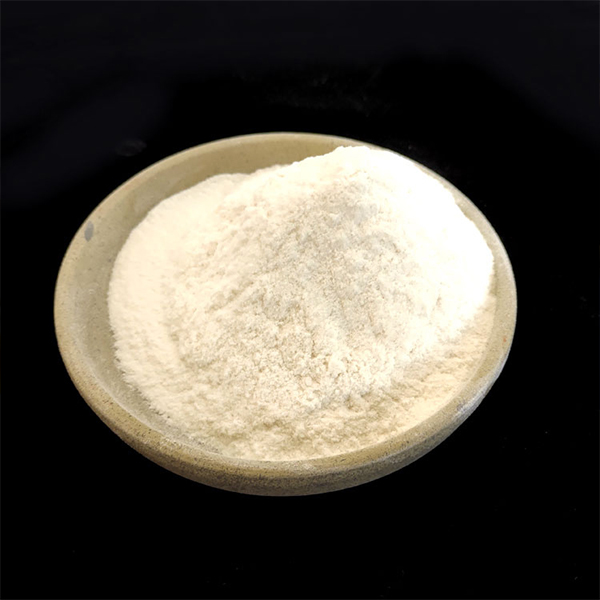Hypromellose A Versatile Polymer in Modern Applications
Hypromellose, often referred to by its chemical designation HPMC (Hydroxypropyl Methylcellulose), is a semi-synthetic polymer derived from cellulose, a natural polymer found in the cell walls of plants. The transformation of cellulose into hypromellose involves the partial substitution of hydroxyl groups with hydroxypropyl and methyl groups, which endows HPMC with unique functional properties that have made it a critical ingredient in various industries.
Hypromellose A Versatile Polymer in Modern Applications
In addition to its pharmaceutical applications, hypromellose is increasingly used in the food industry. As a food additive, HPMC functions as a thickener, emulsifier, and stabilizer, enhancing the texture and appearance of various products. Its ability to form gels makes it an ideal ingredient in dairy products, sauces, dressings, and baked goods. Moreover, hypromellose is recognized for its capacity to retain moisture, which helps prolong the shelf life of food items while maintaining their sensory qualities. With the growing consumer demand for gluten-free and plant-based products, the adoption of hypromellose as a substitute for gluten in food formulations is likely to rise.
hpmc hypromellose

The cosmetic and personal care industries also benefit significantly from hypromellose. Commonly incorporated into creams, lotions, and gels, HPMC acts as a thickening agent, improving the texture and viscosity of products. Its smooth application and skin compatibility render it a favorable choice in formulating various cosmetic products. Additionally, hypromellose is an excellent film-forming agent, ensuring the even distribution of active ingredients and providing a protective film over the skin or hair.
Beyond these traditional applications, hypromellose has found a place in advanced technologies. For instance, in the field of 3D printing, HPMC serves as a polymer matrix to enhance the mechanical properties of printed objects, aiding in the production of intricate designs with improved strength and stability. Similarly, hypromellose is being explored in biomedical applications, such as drug delivery systems and tissue engineering, thanks to its biocompatibility and ability to form hydrogels.
Despite its widespread use, hypoallergenic concerns related to HPMC are minimal, making it a safe and effective choice across various applications. Its non-toxic nature and good biodegradability further bolster its appeal as industries increasingly focus on sustainable practices.
In conclusion, hypromellose (HPMC) is a versatile polymer that has carved a niche for itself across pharmaceutical, food, cosmetic, and technological industries. Its unique properties—such as moisture retention, gel formation, and biocompatibility—make it an invaluable ingredient in many products. As research continues to explore its potential, hypromellose is poised to play an even more significant role in innovation and development across various fields, highlighting the importance of this remarkable polymer in modern applications.
-
Premium Detergent Grade HPMC Hydroxypropyl Methylcellulose: Superior Thickening & StabilityNewsAug.31,2025
-
HEC 100000 Hydroxyethylcellulose for Paint | Superior ThickeningNewsAug.30,2025
-
Wall Putty Rdp Powder Packaging DesignNewsAug.29,2025
-
Introduction to Hpmc Hydroxypropyl Methyl CellulosNewsAug.29,2025
-
Hpmc Industri Grade IntegrationNewsAug.29,2025
-
How to Choose the Right Construction AdhesiveNewsAug.29,2025




